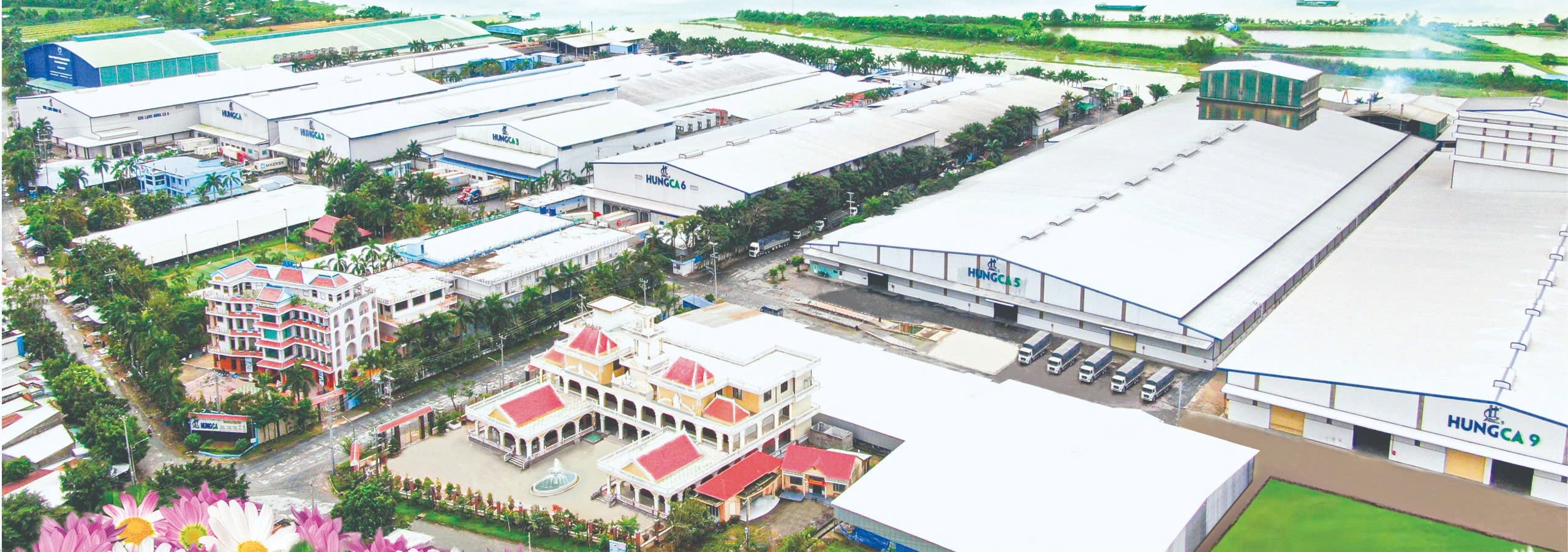Tin tức sự kiện
ASC: One step closer to the target
Under the agreement signed among VASEP, VINAFIS, WWF Viet Nam and WWF International in December 2010, Viet Nam will try to have 25% of Pangasius export production certified sustainable standards, with at least 10% ASC certified in 2011- 2012. So far, twenty-five farms, accounting for 11% of the total export volume in 2011, are on their way to the certification.
The involved farms belong to 19 Pangasius companies, including Anvifish, Biendong, Cl-Fish, CP Vietnam, Dong A, Godaco, Hoang Long, Hung Ca, Hung Vuong, Navico, Ngoc Ha, Ntaco, Saigon-Mekong Fishery Co Ltd., Sohafood, Southvina, To Chau, Vinh Hoan, Docifish, and Vinh Quang, reported Mr Jose R Villalon, Chairman of Aquaculture Stewardship Council (ASC) during a meeting held on June 27, 2012 in Ho Chi Minh City.
These farms cover 338 ha and produce over 73,000 MT of fillet per year or approximately over 11% of 2011 exports, said Villalon.
According to VASEP, more than 50% of Pangasius exports now come from companies that hold GlobalG.A.P certification, plus there are several farms certified under ACC BAP, AquaGAP and SQF1000.
According to Mr Villalon, ASC launched its consumer label in April. In the same month, Pangasius standard was opened for accreditation of certifying bodies in late April 2012. Several auditor companies, including IMO, Control Union Certifications (CU), SCS, Bureau Veritas (BV), and SGS have applied for accreditation. The first witnessed audits by IMO and CU of Vinh Hoan and Ntaco were respectively in late June and July this year.
A WWF website was also established for tracking Pangasius farms “moving towards certification” with thirteen farms listed to date.
Theo VASEP, hơn 50% kim ngạch xuất khẩu cá tra, basa hiện tại đến từ các công ty có chứng nhận GLOBALG.AP, công thêm một số trang trại được chứng nhận theo ACC BAP, AquaGAP và SQF1000.
Certification procedures
According to Mr Villalon, farmers need to take several steps before they are ready for the certification.
First, they should download the standards and auditor checklist, read them carefully, and if necessary, consult the accelerator, i.e. SNV, IDH, WWF, etc.
In the checklist, there are 35 items that clearly state what the farms need to demonstrate when the auditor visits them. Many of the data require at least 6-months on monitoring.
Once the farmers feel they can comply with the standards, they should contacts several accredited Certification Bodies (CBs), compare the pricing and choose the one that they prefer.
“There are two fees, one is for the certification and the other is for audit. It is up to the farmer and to the CB to negotiate. ASC does not manage those fees,” said Villalon. “However, I’ve heard that the pricing is between US$3,000-6,000 for an audit of 3 year certification and two annual visits to verify.”
For the traders, retailers or food services that want to use ASC logo, there is additional charge of 0.5% of the value at first point of sale, i.e. exporter’s value. If the retailers do not want to use the logo, there is a range between US$500-2,000 per year for the right to certify without logo.
After CB and farmers reach agreement on the audit farm and date, CB will notify ASC and the later will publish the expected audit date on its website for 30 days for comments.
After the audit, CB will process the report and submits to ASC. The draft report will be posted on ASC website for a 10-day comment period.
Based on the comments, CB will decide whether the farm can be certified or need improvement plan. The final certification report will be published
on the website.
Challenges
According to the 4-parties agreement, the ASC certified targets will be respectively 30% in 2014 and 50% in 2015 following market requirements. To support progress towards certification, WWF will develop market demand and advise seafood buyers to buy Vietnamese Pangasius.
However, the support for ASC certification programme mainly comes from buyers in only four European countries.
“The majority of demand for ASC is in Austria, Germany, the Netherlands and Switzerland. ASC has signed logo license agreement with about fifteen fish importers there” said Villalon.
However, these four countries took only 10% of Viet Nam’s Pangasius fillet exports in 2011. If the buyers in other major importing countries such as the US, Spain, Mexico, Brazil and the rest of EU cannot be persuaded to go for ASC certified product, ASC’s target for 2014 and 2015 will be hard to achieve.
There is no clear incentive for Pangasius farmers to go to the trouble and expense of ASC certification. There was hope that ASC certified Pangasius would be rewarded in term of premium price. However, there is no solid evident that such premium price exists. Meanwhile, sales prices rose and market demand were strong for product with or without sustainability certifications. Exports to the US increased 87.8% by value in 2011 and in the first half of 2012 prices in the US has been around 20% higher than in the EU.
The cost for ASC certification is also a major concern. At present, many Pangasius farmers are facing a number of certification schemes. Another expensive one will only place more financial burden and confusion. Suggestions have been made that ASC should work with GlobalG.A.P and other bodies to Denmark their standards and reduce the cost of certification for the farmers. However, it would be long before such ‘dream’ comes true.
|
ASC is a certification and labelling programme for responsible farmed seafood, founded by WWF and IDH in 2009. |
Source: Vasep.com.vn
